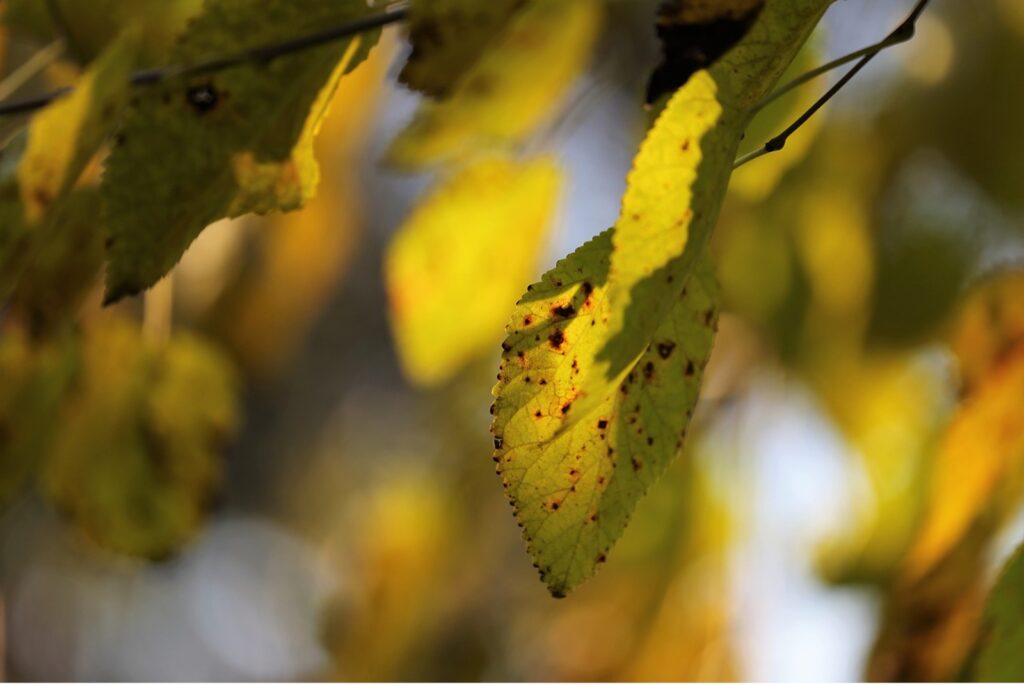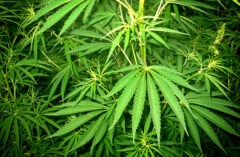Table of Contents
Last Updated on April 26, 2023 by Team Spinfuel
Cannabis has grown popular in the field of plant-based nutrition. The inclination of people to use Cannabis products is due to their multipurpose properties. On the one hand, it provides loads of medicinal benefits, and on the other hand, they serve recreational functions. From relieving complex psychotic syndromes to aiding skin allergies, they have become the new herbal alternative to allopathic drugs. But Nutrient Deficiencies do exist. Here’s how to identify them.
They are great as nutritional supplements as they trigger energy levels by increasing Adenosine production. They have antibacterial and antifungal properties, which might help fight frequent viral infections and provide a stable immunity to the human body. There are already a lot of businesses that offer cannabis for medicinal purposes and they also have a very informative description to each like the Herb CEO summary.
As Far Back as 7000 BC?
Cannabis is not new to humankind. Archeological surveys claim early invasions in and around 7000 BC led to the spread of these herbs all around the globe.
From then onwards, they have influenced human lives. The importance of this herb in modern life is rewarding, and it is easy to cultivate and economically beneficial. They involve minimal investment and high returns. As the products are affordable and have several benefits, they attract consumers’ interest in this herb and increase sales.
Nutritional Deficiency in Cannabis
Recent research highlights the aspect of Nutrient Deficiencies The nutritional deficiency in Cannabis can be due to poor absorption of the plants or environmental changes. Experts claim that frequent pruning comes to the rescue to maintain the healthy growth of plants.
However, in the case of this herb, the leaves show early signs of decay. Keeping a close watch on the color of the leaves can help prevent the sapling from dying. A detailed analysis of how to control the nutritional deficiency of this herb will provide us with a broader insight into the maintenance of these herbs.
Nutrient Deficiency In Cannabis Plants
Cannabis is a herb that grows native to Central and Southern Asia and belongs to the flowering species of Cannabaceae. Other notable varieties include Cannabis Sativa, Cannabis Indica, and Cannabis Ruderalis.
These herbs were famous for their psychoactive features. With time they have contributed to the medicinal sector as well. Like all other plants, these herbs go through germination, seedling, vegetation, pre-flowering stage, flowering stage, and harvesting. The entire span takes somewhere around 4 to 8 months. These herbs grow densely in tropical climates.
Evergreens require sufficient sunlight, more than 200cms of rainfall, and humidity of 60% RH. They are rich in water content. They require a temperature between 24 degrees C to 30 degrees C. Cultivators claim these herbs need nitrogen-fixing fertilizers to absorb essential nutrients.

Image credits: www.pixabay.com
The extracts of these herbs are excellent for therapeutic usage. They help relieve stress, fight insomnia, keep psychotic issues in check, and function in improving adverse nervous syndrome. Experts claim that the enzymes of the extracts influence nerve functions as they react with the endocannabinoid system of the human body and influence the functioning of sensory receptors.
Side Effects or Panic Attacks?
In the last few decades, the producers reported a significant increase in the demand for these herbal extracts. They can help with symptoms of panic attacks and promote a feeling of relaxation. Controversies arise about whether the herbal extracts can cause intoxicating effects on the body.
Surveys claim they are not addictive or intoxicating. The feeling of dizziness that it provides is due to nervous relaxation. They do not cause severe side effects as well.
The nutrient deficiency in plants becomes quite challenging if they do not come in control in the initial stage. A decrease in micronutrients and macronutrients can cause a change in the pH levels. A disbalance in pH level can lead to unusual decaying of leaves.
In many plants, including Cannabis, a lack of sufficient copper, calcium, iron, magnesium, and nitrogen slows down the absorption of nutrients from the soil. The nutrients that this herb requires are nitrogen, phosphorus, and potassium.
Nutrients Points Out Signs of Decay
The slight yellow color of the leaves due to lack of these nutrients points out the signs of decay. Often the leaves get dry and turn blackish. The roots of Cannabis play an active role in nutrient uptake. In plants, the imbalance in nutrient absorption can harm the growth of the leaves.
If roots absorb fewer nutrients, the essential nutrients will not reach the entire plant. But if a plant absorbs excess nutrients, the essential nutrients will cancel each other.
Looking for Signs in Other Ways
A slight yellow color of the leaves can be due to lack of nutrients that point out the signs of decay. Often the leaves get dry and turn blackish. The roots of Cannabis play an active role in nutrient uptake. In plants, the imbalance in nutrient absorption can harm the growth of the leaves.
If roots absorb fewer nutrients, the nutrient deficiencies will not reach the entire plant. The plant absorbs excess nutrients, the essential nutrients will cancel each other.
The problem of flower bugs is of genuine concern among cultivators. These bugs eat up leaves and buds and do not let the plant mature and grow leafy. Cultivators use pesticides to keep away the bugs. In this context, using excess chemical fertilizers may cause the roots to absorb fewer nutrients.
Types Of Deficiencies And How To Identify Them
The Marijuana Sativa species go through certain nutritional deficiencies. It includes:
Nitrogen Deficiency in plants
A most common deficiency in Cannabis is the lack of nitrogen and nitrogen-fixing bacteria. Experts claim the early drying of leaves and the yellowish color of the leaves hint at nitrogen deficiency in these herbs. This deficiency can come into control by adding nitrogen-rich herbal fertilizers. Many cultivators fix the soil by adding nitrogen-fixing bacteria into the roots.
Magnesium Deficiency and how to cure it
Magnesium content helps in the flowering stage. A significant lack of magnesium can restrict the budding of flowers in these plants. The easy alternative available is to use Epsom salt.
Phosphorus Deficiency in Cannabis
Phosphorus content influences the size of buds and flowers. In plants that lack sufficient phosphorus content, the edges of the leaves turn black and dry. To prevent the early loss of leaves and buds, cultivators may use sprays and fertilizers having natural phosphorus content. These products are not expensive and available in the market.
Calcium Deficiency
It leads to the sudden curling of leaves. Calcium solutions are available as a spray to prevent these problems.
Boron Deficiency
It leads to purple patches and abnormal growths. The ph balance must be between 6 and 7 to ensure proper absorption of boron in plants.
In Short
Nutrient Deficiencies in plants is vital to their growth. Herbal extracts of Cannabis can play a crucial role in the lifestyle of human beings. The nutrients in plant extracts go direct to the human body through consumption.
Decaying of these herbs can harm capital investments and market demands for herbal products. If the growth is due to nutritional deficiency it may affect the consumer interest. The proper strategy to keep nutritional content in check will assure the healthy birth of plants.
Further Reading:
50 States, So Where is Cannabis Legal in the United States?
Is Growing Cannabis In Ohio Legal?
How Is Good Commercial Cannabis Grown?








